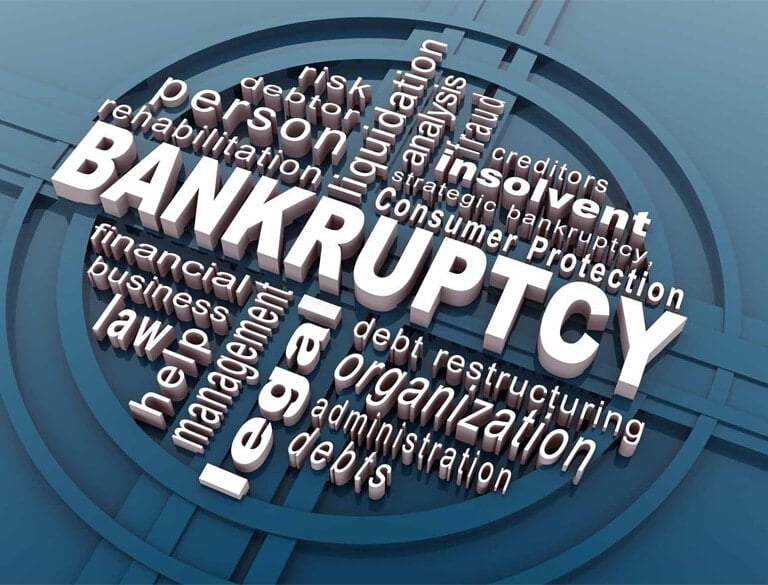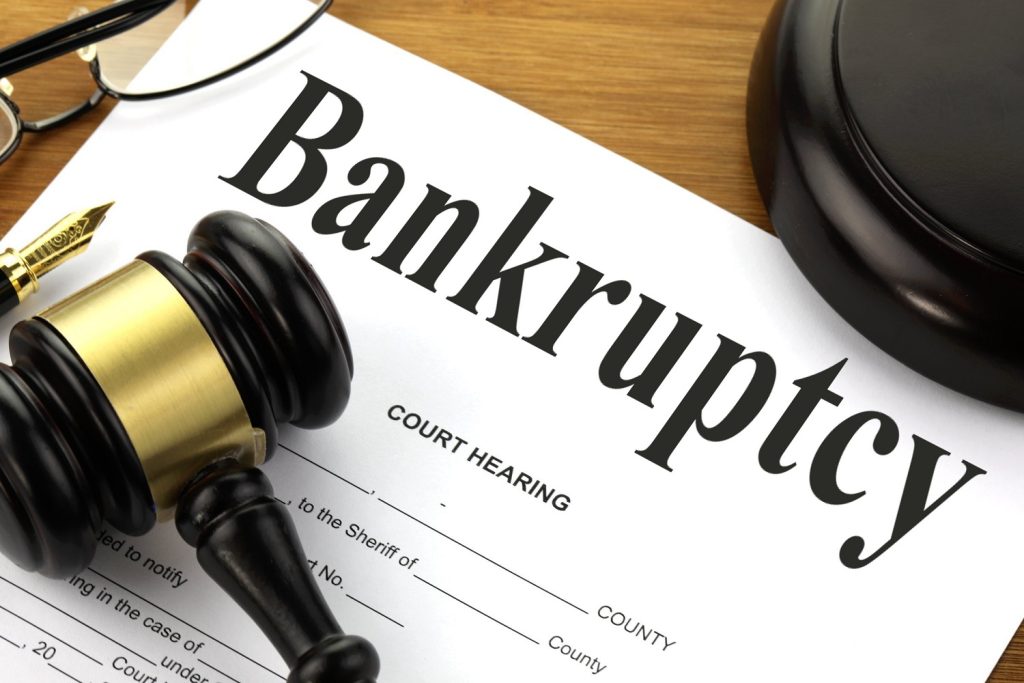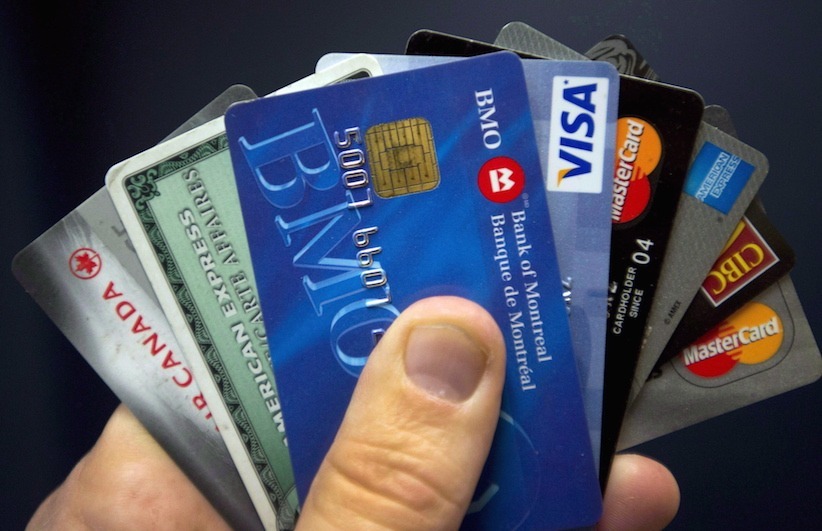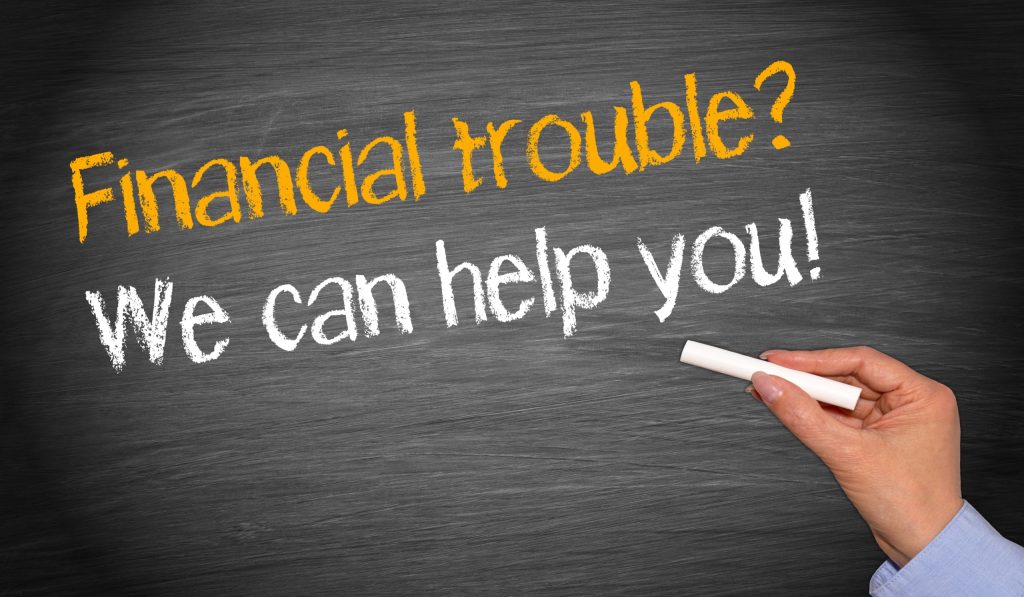-
Table of Contents
Introduction
Filing Bankruptcy in Canada is a legal process that can provide debt relief to individuals and businesses who are unable to pay their debts. It is a serious decision that should not be taken lightly, as it can have long-term consequences. Bankruptcy is the best option for debt relief when all other options have been exhausted, and when the debt is too large to be paid off in a reasonable amount of time. The consequences of filing for bankruptcy include a negative impact on credit rating, the inability to obtain credit for a period of time, and the potential for assets to be seized and sold to pay off creditors. It is important to understand the implications of filing for bankruptcy before making a decision.
Understanding Bankruptcy in Canada: What You Need to Know
Bankruptcy is a legal process that can help individuals and businesses who are unable to pay their debts. In Canada, bankruptcy is governed by the Bankruptcy and Insolvency Act (BIA). This article will provide an overview of the bankruptcy process in Canada, including the different types of bankruptcy, the consequences of filing for bankruptcy, and the steps to take if you are considering bankruptcy.
There are two types of bankruptcy in Canada: consumer proposals and bankruptcies. A consumer proposal is an agreement between you and your creditors to pay back a portion of your debt over a period of time. This is a good option for those who are able to make some payments but not all of their debt. A bankruptcy is a more serious option and involves the surrender of all of your assets to a trustee who will then distribute them to your creditors.
The consequences of filing for bankruptcy can be serious. Your credit rating will be affected for up to seven years, and you may be required to make monthly payments to the trustee for up to nine months. You may also be required to attend credit counselling sessions.
If you are considering bankruptcy, it is important to understand the process and the consequences. You should speak to a qualified professional, such as a lawyer or a trustee, to discuss your options. They can help you understand the process and the consequences, and can provide advice on how to manage your debt.
Bankruptcy can be a difficult process, but it can also be a way to get a fresh start. If you are considering bankruptcy, it is important to understand the process and the consequences, and to speak to a qualified professional to ensure that you make the best decision for your situation.
The Pros and Cons of Filing for Bankruptcy in Canada
Filing for bankruptcy in Canada is a serious decision that should not be taken lightly. It is important to understand the pros and cons of filing for bankruptcy before making a decision.
Pros
The primary benefit of filing for bankruptcy in Canada is that it can provide immediate relief from debt. Once a bankruptcy is filed, creditors are legally prohibited from attempting to collect on the debt. This can provide a much-needed reprieve from the stress of dealing with creditors.
Filing for bankruptcy can also help to improve credit scores over time. After a bankruptcy is discharged, the credit score will begin to improve as long as the debtor is able to make timely payments on any new debts.
Finally, filing for bankruptcy can provide a fresh start for those who are struggling with debt. It can provide an opportunity to start over and rebuild a financial future.
Cons
The primary downside of filing for bankruptcy in Canada is the cost. Bankruptcy can be expensive, as there are filing fees and other costs associated with the process.
Filing for bankruptcy can also have a negative impact on credit scores. Bankruptcy will remain on a credit report for up to seven years, and this can make it difficult to obtain credit in the future.
Finally, filing for bankruptcy can be a lengthy process. It can take up to nine months for a bankruptcy to be discharged, and during this time the debtor must adhere to certain restrictions.
In conclusion, filing for bankruptcy in Canada can provide immediate relief from debt, but it is important to understand the pros and cons before making a decision. It is important to weigh the costs and benefits of filing for bankruptcy before making a decision.
How to Prepare for Bankruptcy in Canada
Preparing for bankruptcy in Canada can be a daunting process. However, with the right information and guidance, it can be a manageable process. Here are some tips to help you prepare for bankruptcy in Canada.
1. Gather Your Financial Documents: Before you can begin the bankruptcy process, you will need to gather all of your financial documents. This includes bank statements, credit card statements, loan documents, and any other documents related to your financial situation. Having these documents on hand will help you understand your financial situation and make the bankruptcy process easier.
2. Speak to a Licensed Insolvency Trustee: A Licensed Insolvency Trustee (LIT) is a professional who is licensed by the government to help people with their financial problems. They can provide advice and guidance on the bankruptcy process and help you understand your options. It is important to speak to an LIT before you make any decisions about bankruptcy.
3. Understand Your Rights and Responsibilities: It is important to understand your rights and responsibilities when filing for bankruptcy in Canada. This includes understanding the rules and regulations of bankruptcy, as well as your rights and obligations as a debtor.
4. Create a Budget: Creating a budget is an important step in preparing for bankruptcy. A budget will help you understand your financial situation and make sure you are able to make payments on time.
5. Make a List of Your Creditors: Before you file for bankruptcy, you should make a list of all of your creditors. This list should include the name of the creditor, the amount owed, and the contact information. This list will be used by the LIT to contact your creditors and inform them of your bankruptcy.
By following these tips, you can prepare for bankruptcy in Canada and make the process easier. It is important to remember that bankruptcy is a serious decision and should not be taken lightly. If you are considering bankruptcy, it is important to speak to a Licensed Insolvency Trustee to understand your options and make sure you are making the right decision.
What to Expect After Filing for Bankruptcy in Canada
Filing for bankruptcy in Canada is a serious decision that should not be taken lightly. It is important to understand the process and the implications of filing for bankruptcy before making a decision.
Once you have filed for bankruptcy, you will be assigned a Licensed Insolvency Trustee (LIT). The LIT will be responsible for managing your bankruptcy and will provide you with information and guidance throughout the process.
The LIT will review your financial situation and determine the best course of action for you. This may include filing a consumer proposal, which is an agreement between you and your creditors to pay back a portion of your debt.
Once the LIT has reviewed your financial situation, they will provide you with a Statement of Affairs. This document outlines your assets, liabilities, income, and expenses. You will need to provide this document to your creditors.
Once the Statement of Affairs is filed, you will be required to attend two mandatory credit counselling sessions. These sessions will provide you with information about budgeting, managing your finances, and understanding the implications of bankruptcy.
You will also be required to make monthly payments to the LIT. These payments will be used to pay off your creditors. The amount of the payments will depend on your income and expenses.
Once all of your creditors have been paid, you will be discharged from bankruptcy. This means that you are no longer legally responsible for the debts that were included in your bankruptcy.
Filing for bankruptcy in Canada can be a difficult process, but it can also provide you with a fresh start. It is important to understand the process and the implications of filing for bankruptcy before making a decision.
How to Rebuild Your Credit After Bankruptcy in Canada
Rebuilding your credit after bankruptcy in Canada can be a daunting task, but it is possible. With the right steps and a commitment to financial responsibility, you can rebuild your credit and get back on track. Here are some tips to help you get started.
1. Get a Secured Credit Card: A secured credit card is a great way to start rebuilding your credit. With a secured credit card, you put down a deposit that acts as collateral for the card. You can then use the card to make purchases and pay your bills on time. This will help you build a positive credit history.
2. Make All Payments on Time: Making all payments on time is essential to rebuilding your credit. This includes credit card payments, loan payments, and any other bills you may have. Paying your bills on time will help you build a positive credit history and show lenders that you are responsible with your finances.
3. Monitor Your Credit Report: It is important to monitor your credit report regularly to make sure that all of the information is accurate. You can get a free copy of your credit report from each of the major credit bureaus in Canada.
4. Get a Co-Signer: If you are having trouble getting approved for a loan or credit card, you may want to consider getting a co-signer. A co-signer is someone who agrees to take responsibility for the loan or credit card if you are unable to make payments. This can help you get approved for a loan or credit card and start rebuilding your credit.
5. Consider a Credit Counsellor: If you are having trouble managing your finances, you may want to consider working with a credit counsellor. A credit counsellor can help you create a budget and develop a plan to pay off your debts. They can also help you understand how to rebuild your credit and make smart financial decisions.
Rebuilding your credit after bankruptcy in Canada is possible, but it takes time and dedication. By following these tips and making smart financial decisions, you can start rebuilding your credit and get back on track.
Conclusion
In conclusion, bankruptcy is a viable option for debt relief in Canada, but it should only be considered as a last resort. Bankruptcy can provide a fresh start for those who are unable to pay their debts, but it also comes with serious consequences. Bankruptcy will remain on your credit report for up to seven years, and it can have a negative impact on your ability to obtain credit in the future. It is important to understand the consequences of filing for bankruptcy before making a decision.








